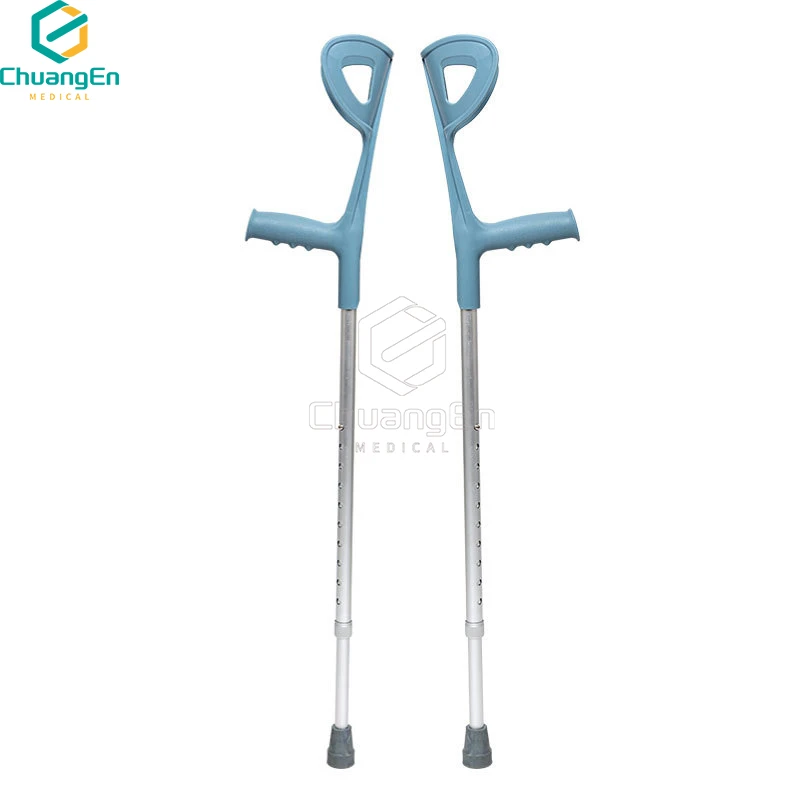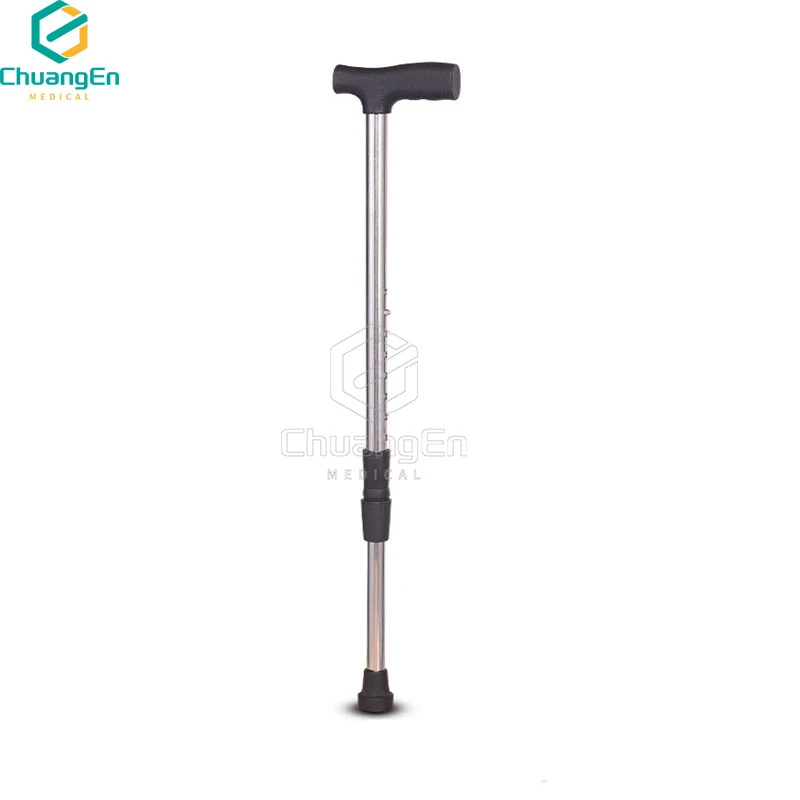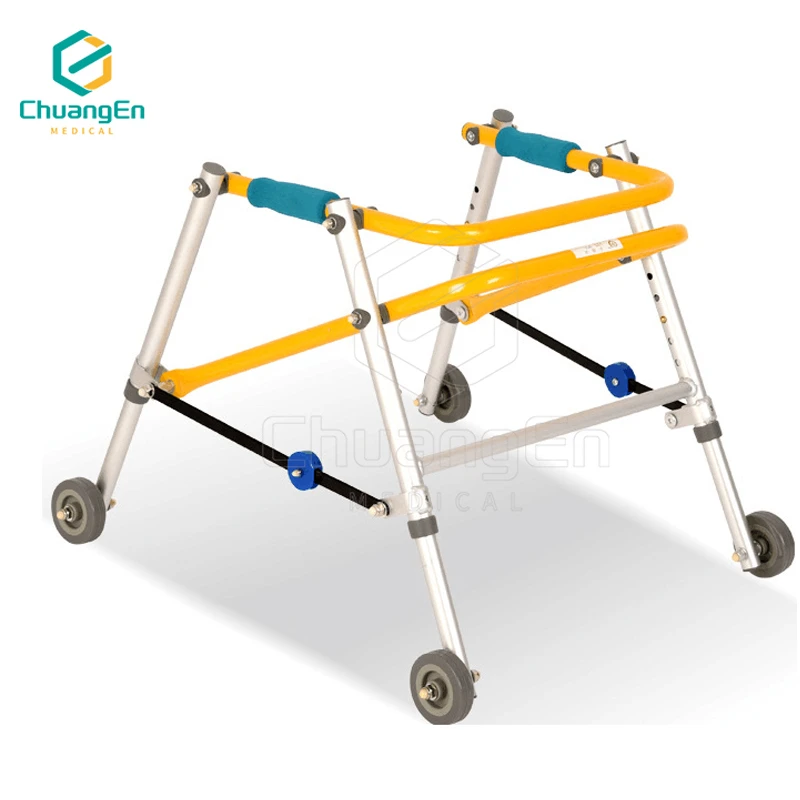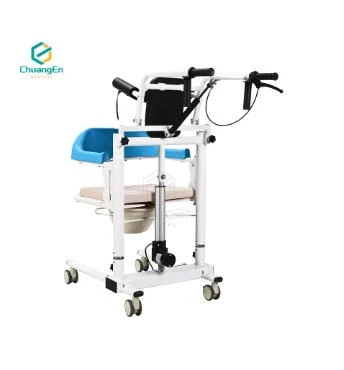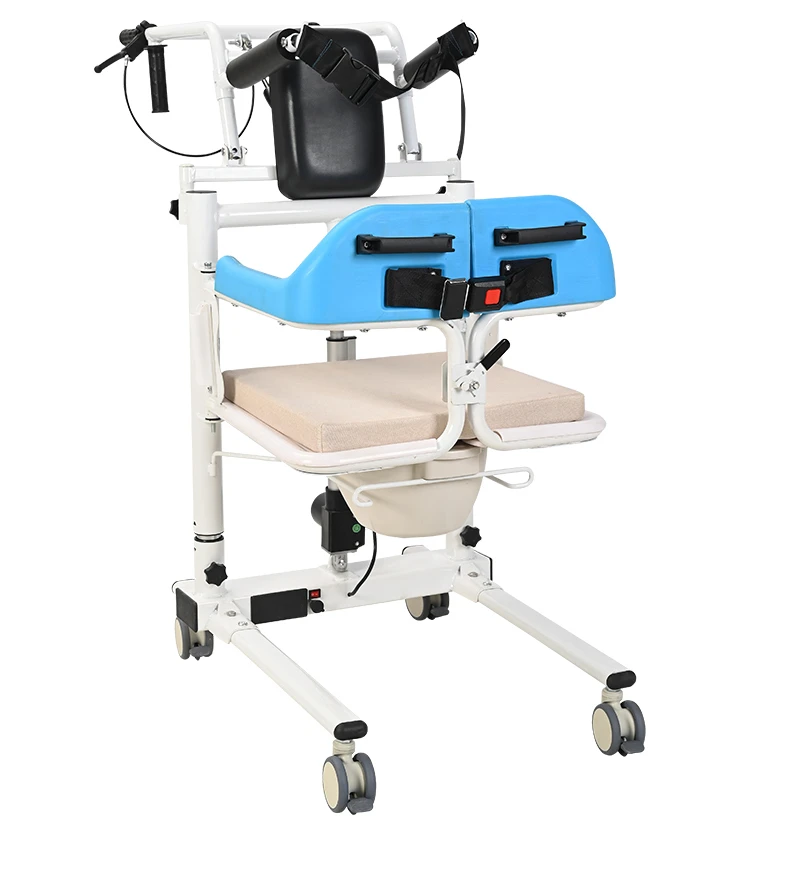- Introduction: Understanding Pressure Sores and the Critical Need for a Bed to Prevent Pressure Sores
- Data-Driven Insights: The Prevalence and Impact of Pressure Sores
- Technological Progress: How Bed Pads and Specialized Beds Reduce Risk
- Comparative Analysis: Evaluating Top Manufacturers and Their Solutions
- Tailored Solutions: Customizable Bed and Bed Pad Options
- Real-World Applications: Success Stories and Case Studies
- Conclusion: Choosing the Right Bed to Prevent Pressure Sores
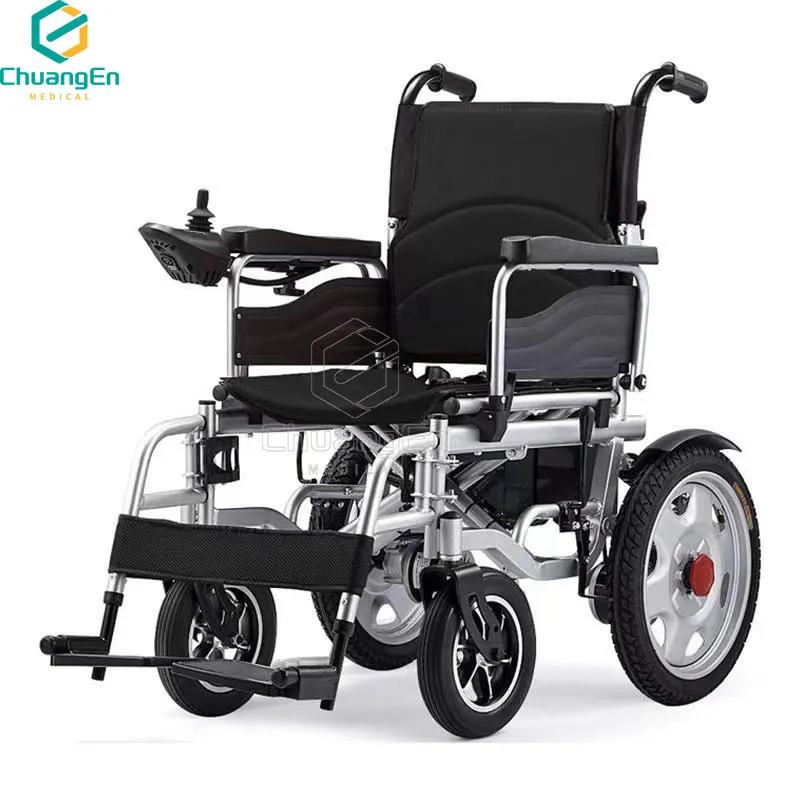
(bed to prevent pressure sores)
Introduction: Understanding Pressure Sores and the Critical Need for a Bed to Prevent Pressure Sores
Pressure sores, clinically known as pressure ulcers, affect millions worldwide, primarily targeting patients with limited mobility such as the elderly and those suffering from neurological conditions. These lesions develop when prolonged pressure limits blood flow to vulnerable skin areas, most often over bony prominences. According to recent healthcare reports, over 2.5 million individuals annually in the United States alone develop pressure sores in hospital settings, with an estimated treatment cost surpassing $11 billion each year. For patients at risk, choosing the right bed to prevent pressure sores
is not only about immediate comfort but can dictate long-term health outcomes, rehabilitation potential, and healthcare expenditures.
Data-Driven Insights: The Prevalence and Impact of Pressure Sores
The battle against bed sores — also known as pressure injuries — is ongoing, highlighted by impactful statistics that stress preventative measures. The incidence rate in hospitals ranges from 5% to 15%, and in long-term care facilities, this rate escalates to as much as 23%. Mortality connected with severe stage IV ulcers climbs up to 60% within one year for older individuals, emphasizing the necessity of proactive solutions. Notably, patients using inadequate bedding or standard mattresses without advanced support are twice as likely to develop ulcers compared to those equipped with beds and bed pads to prevent bed sores. With pressure sores leading to increased hospital stays (average of 4 extra days) and higher infection risks, investing in the latest pressure redistribution technology brings both medical and financial relief.
Technological Progress: How Bed Pads and Specialized Beds Reduce Risk
Innovative medical engineering has fostered significant advancements in pressure ulcer prevention. Bed pads to prevent bed sores now feature high-density, viscoelastic, and gel-infused foams to evenly distribute body mass, thereby minimizing localized pressure. Modern beds leverage alternating pressure and low-air-loss systems which regularly shift contact points, drastically decreasing the duration of stress applied to skin and tissues. Some top-tier beds are equipped with multi-zone sensors, real-time patient movement monitoring, and automated air adjustments, ensuring pressure never exceeds hazardous levels. Additionally, moisture-wicking, antimicrobial, and temperature-regulating covers further improve skin integrity, supporting overall wound prevention protocols. These features collectively signal a marked departure from traditional mattresses, underscoring the importance of investing in clinically validated technologies for at-risk populations.
Comparative Analysis: Evaluating Top Manufacturers and Their Solutions
Selecting the most effective bed to prevent bed sores demands careful comparison of industry leaders, factoring in comfort, clinical efficacy, cost, and durability. Below is a comprehensive data-driven comparison of reputable manufacturers' offerings:
| Manufacturer | Technology | Pressure Redistribution Score (1-10) |
Clinical Certifications | Warranty | Estimated Lifespan | Cost Range (USD) |
|---|---|---|---|---|---|---|
| Hill-Rom | Low Air Loss, Alternating Pressure | 9.5 | FDA, ISO 13485 | 10 Years | 7–10 Years | $7,000–$12,000 |
| Stryker | Multi-Layer Foam, Microclimate Management | 8.8 | CE Mark, FDA | 7 Years | 6–8 Years | $5,500–$9,000 |
| Invacare | Gel-Infused Foam, Adjustable Firmness | 8.2 | FDA, ISO 9001 | 5 Years | 4–7 Years | $2,500–$5,000 |
| Linet | Automatic Patient Repositioning | 9.1 | TUV, FDA | 8 Years | 7–9 Years | $8,000–$13,000 |
| Drive Medical | Alternating Pressure Overlay | 7.8 | FDA | 4 Years | 3–5 Years | $800–$2,500 |
The table highlights that while premium options excel in clinical certifications and advanced technology, value-focused brands also offer solid pressure management within budget constraints. Aligning the individual patient’s risk profile to the right solution is key.
Tailored Solutions: Customizable Bed and Bed Pad Options
Not all users have identical care needs, and customization plays a major role in maximising both clinical efficacy and patient comfort. For high-risk cases, beds equipped with patient-turning functions and pressure mapping can be personalized according to body mass, movement frequency, and the patient's unique pressure points. Bed pads too are now available in a range of materials — from high-resilience memory foam to medical-grade air-cell pads. Size, thickness, and antimicrobial coatings can be tailored based on allergy profiles, mobility levels, and sweat management. Some manufacturers provide modular overlays compatible with existing frames, lowering the entry barrier for home care setups. For caregivers, digital dashboards can alert staff to reposition schedules, further reducing the risk of pressure ulcers. These options combine adaptability with proven performance, catering to the spectrum of at-risk groups from post-surgical patients to chronic illness sufferers.
Real-World Applications: Success Stories and Case Studies
Success in pressure sore prevention is best demonstrated through authentic case studies. One major hospital system reduced its stage III and IV pressure ulcer rates by 75% over 18 months, simply by adopting alternating-pressure beds across its long-term care units, paired with high-density bed pads to prevent bed sores. Another rehabilitation centre recorded a measured decrease in care hours spent treating ulcers, saving over $400,000 annually after introducing sensor-equipped mattresses and automated bed pads. Home users relate stories of improved skin health, uninterrupted sleep, and preserved autonomy thanks to practical, adaptive bedding solutions. These real-world examples underline the impact that informed product selection and the integration of preventative technology can have on patients and institutions alike.
Conclusion: Choosing the Right Bed to Prevent Pressure Sores
Investing in a bed to prevent pressure sores is a critical health decision that can impact quality of life, dignity, and care outcomes for vulnerable populations. By considering the prevalence of pressure sores, leveraging advanced technology, weighing manufacturer offerings, and tailoring solutions to each patient, effective prevention becomes achievable. The blend of data-backed design, clinical validation, and user-centric features embedded in industry-leading beds and bed pads provides real hope in the fight against pressure ulcers. Ultimately, the right choice reduces suffering, enhances recovery, lowers costs, and enables sustained well-being at home and in clinical settings.
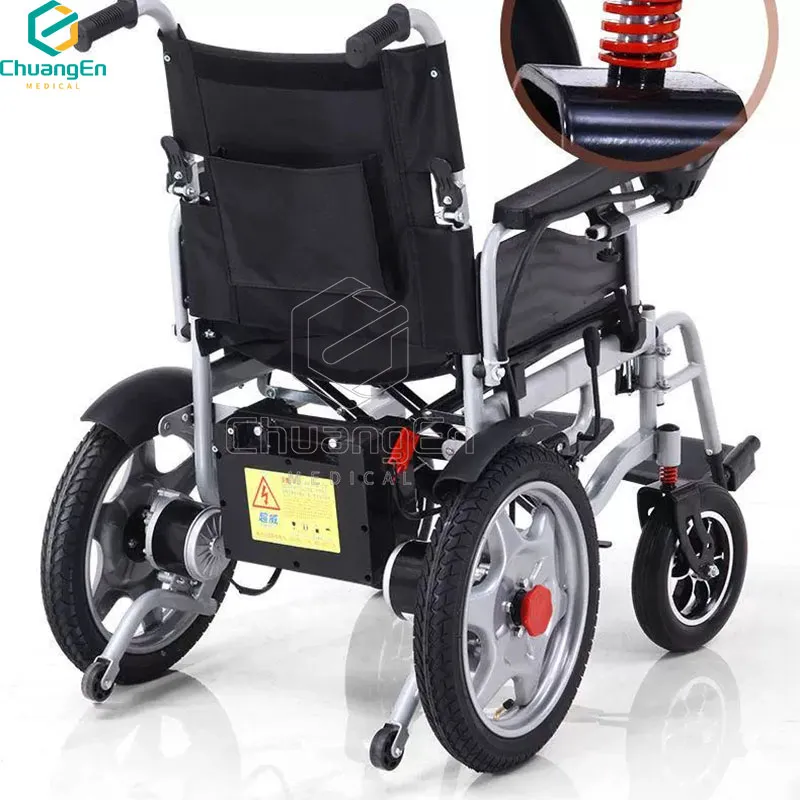
(bed to prevent pressure sores)


